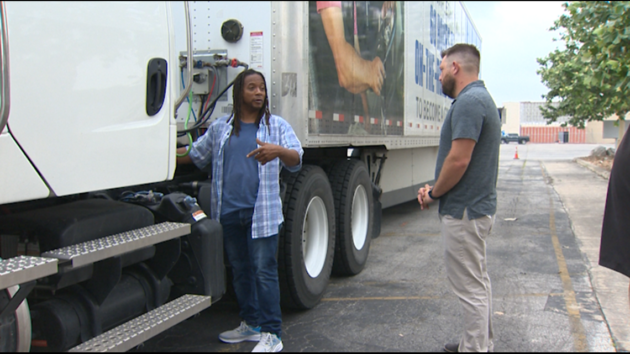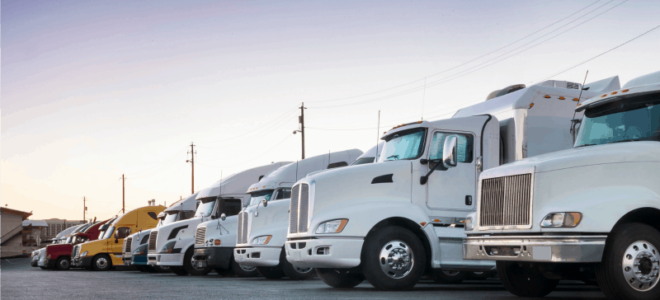Are you interested in becoming a Class A commercial driver? If so, you’ll need to undergo extensive training and certification to be qualified for the job. In this article, we’ll cover the top things you need to know about Class A driver training and certification.

Source: ratings.freightwaves.com
-
Class A Driver License
Firstly, it’s important to understand what a Class A driver license is. This license allows you to operate a combination of vehicles that have a total weight of 26,001 pounds or more. This includes tractor-trailers, flatbeds, tanker trucks, and other large commercial vehicles. Obtaining this license requires rigorous training and a series of tests.
-
Age Requirements
To obtain a Class A license, you must be at least 21 years old. However, if you’re between the ages of 18 and 21, you can still get it, but will be restricted to driving within your state’s borders.

Source: ntinow.edu
-
Training Requirements
To obtain a Class A license, you must undergo specialized training from an accredited truck driving school. The training program must meet certain requirements set forth by the Federal Motor Carrier Safety Administration (FMCSA). These requirements include a minimum of 160 hours of training, which includes both classroom and behind-the-wheel instruction.
-
Choosing a Training Program
Choosing the right training program is crucial to your success as a Class A driver. Look for a program that is accredited by the FMCSA and offers comprehensive training in all aspects of commercial driving. DivineTrans.com is a great resource for finding accredited training programs in your area.
-
Physical Requirements
Driving a commercial vehicle can be physically demanding, so it’s important to be in good health. Before you can obtain a Class A license, you must pass a physical exam to ensure that you’re physically capable of operating a large commercial vehicle.
-
Drug and Alcohol Testing
Commercial drivers are subject to strict drug and alcohol testing regulations. Before obtaining a Class A license, you must undergo drug and alcohol testing, and you’ll be subject to random testing throughout your career as a commercial driver.

Source: kens5.com
-
Driving Record
Your driving record will also be taken into consideration when obtaining a Class A license. You must have a clean driving record and no serious traffic violations within the past three years.
-
Written and Skills Tests
Once you’ve completed your training program, you must pass a written test and a skills test to obtain your Class A license. The written test covers topics such as vehicle safety, regulations, and procedures, while the skills test evaluates your ability to operate a commercial vehicle in a variety of situations.
-
Endorsements
In addition to your Class A license, you may need to obtain additional endorsements depending on the type of vehicle you’ll be driving. For example, if you’ll be driving a tanker truck, you’ll need a tanker endorsement.

Source: midwesttech.edu
-
Continuing Education
As a Class A driver, you’ll be required to undergo continuing education to stay up-to-date on new regulations, technologies, and procedures. This can include attending workshops, taking online courses, or participating in other training programs.
Conclusion
In conclusion, becoming a Class A commercial driver requires extensive training and certification. By understanding the requirements and choosing the right training program, you can set yourself up for a successful career in the transportation industry.



